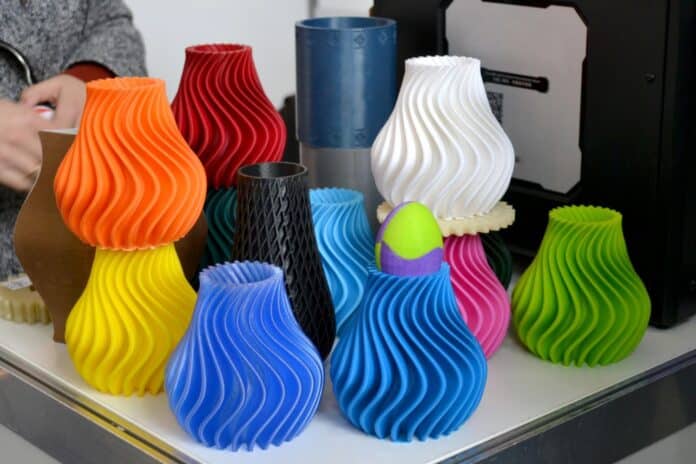The “engineered living material” is a 3D-printed structure made of a seaweed-based polymer and genetically engineered bacteria that produce an enzyme to convert organic pollutants into benign molecules. Theophylline, a molecule commonly found in tea and chocolate, was engineered to cause bacteria to self-destruct. This provides a method for removing them when they have completed their task. The 3D-printed structure comprises a seaweed-based polymer and bacteria genetically engineered to create an enzyme that converts different organic pollutants into harmless molecules.
Researchers at the University of California, San Diego, have created an “engineered living material” that could provide a sustainable and eco-friendly solution to remove pollutants from water.
The researchers used alginate, a natural polymer produced from seaweed, to build a gel and then combined it with cyanobacteria, a type of water-dwelling, photosynthetic bacterium.
Jon Pokorski, a professor of nanoengineering at UC San Diego who co-led the research, said, “What’s innovative is the pairing of a polymer material with a biological system to create a living material that can function and respond to stimuli in ways that regular synthetic materials cannot.”
The researchers discovered that a grid-like structure was the best for maintaining the bacteria’s survival after testing with various 3D-printed shapes for their material. Most cyanobacteria are located on the material’s surface, where they can access nutrients, gases, and light since the selected form has a high surface area-to-volume ratio.
The researchers genetically modified the cyanobacteria in their sample to continuously generate the decontaminating enzyme laccase as a proof-of-concept test. According to new studies, many organic pollutants, including bisphenol A (BPA), antibiotics, pharmaceuticals, and colors, can be neutralized by laccase. In this work, the researchers showed that the dye-based contaminant indigo carmine, often used in the textile industry to color denim, can be decontaminated using their technology. During testing, the substance lightened a water solution that included the dye.
Susan Golden, a faculty member in the School of Biological Sciences, said, “This collaboration allowed us to apply our knowledge of the genetics and physiology of cyanobacteria to create a living material,” Now we can think creatively about engineering novel functions into cyanobacteria to make more useful products.”
They also developed a method to destroy the cyanobacteria once the pollutants were removed. They genetically modified the bacteria to respond to theophylline. This chemical causes them to create a protein that kills their cells. The researchers believe that allowing the germs to eliminate themselves without using chemicals is a better approach.
Pokorski said, “The living material can act on the pollutant of interest, then a small molecule can be added afterward to kill the bacteria. This way, we can alleviate concerns about having genetically modified bacteria lingering in the environment.”
The aim of this research is to create materials that respond to environmental inputs. This type of study may be conducted when researchers with cross-disciplinary skills in materials and biological sciences join forces.
The UC San Diego Materials Research Science and Engineering Center and the National Science Foundation funded this research.
Journal Reference:
- Debika Datta, Erica Hild, et al. Phenotypically complex living materials containing engineered cyanobacteria. Nature Communications. DOI: 10.1038/s41467-023-40265-2
